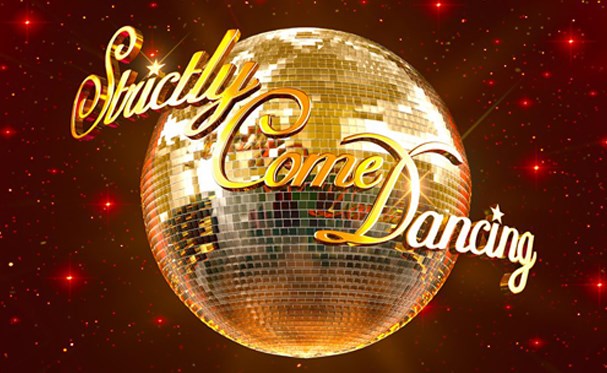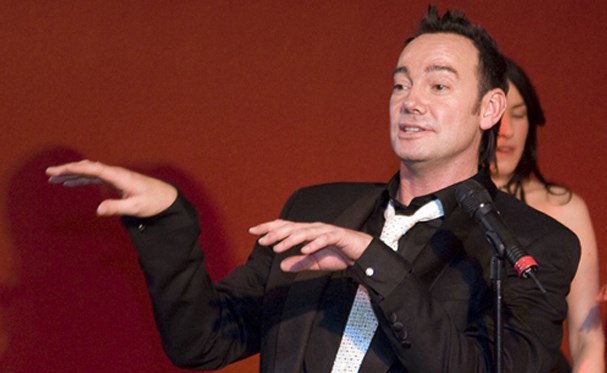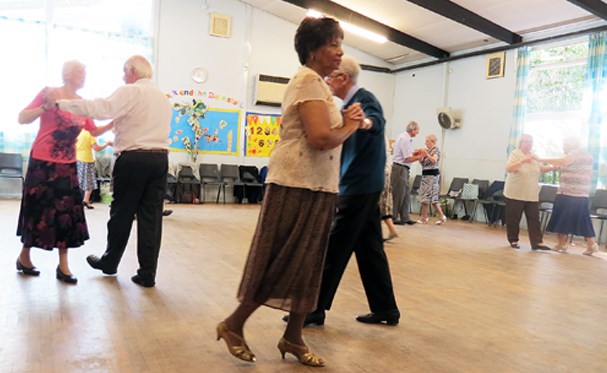Shall we dance? Why we should all be dancing for our bones
Expertise
21 Dec 2017
Whether it's a fabulous foxtrot, a lively line dance or a tremendous tango, dancing is great for your bones and enormous fun. Dom Hall straps on his dancing shoes and finds out more.
When the whirlwind of sequins and glitter that is the BBC’s Strictly Come Dancing sashayed back onto our television screens in 2004, no one could have predicted the incredible way in which it would rekindle our love of dancing. Attracting over 10 million viewers a week, the show has done more than anything else to get a nation of reserved wallflowers dancing around like there’s no tomorrow.

In the programme’s glamorous wake, people up and down the country have been venturing onto the dancefloor, joining dance groups, taking lessons and discovering or remembering just what fun they can have moving in time to music.
But dancing is not just about fun – it’s great for the body, mind and bones too!
“The health benefits of dancing are well established,” says Dr Peter Lovatt, a dance psychologist and Reader and Principal Lecturer in Psychology at the University of Hertfordshire. “When people engage in different types of social dance, there’s a measurable change in their mood.
“They become less fatigued, less depressed, their levels of vigour go up and there are positive changes in their cognitive processing. Even five minutes of dancing makes people think more sharply and laterally,” he says.
Dance contributes to heart and lung health and is a great workout for toning and strengthening muscles. It also helps to maintain a healthy weight and strengthens the bones.
This is something many people involved in dance and physical exercise do seem to agree on – dancing really is good for your bones.
Boogie for your bones
Back in 2008, the Royal Osteoporosis Society really caught the dance bug and teamed up with Strictly Come Dancing’s Craig Revel Horwood to launch our Boogie for your Bones campaign. The initiative highlighted how great dancing is for our bones and, with Craig’s help, has allowed us to keep spreading the word over the years since the campaign was launched.

“Dancing is a fantastic way of keeping your bones strong,” Craig says. “It’s invigorating, a great weight-bearing exercise and, above all else, is really fun." he says.
Dancing is great for your bones when you’re young, but it’s also a good thing at any stage of our lives, because it strengthens your muscles and even reduces your risk of a breaking a bone.
And the really good news is, there’s some scientific evidence to back all of this up.
“To date, there have been a few, relatively small, randomised controlled trials showing evidence that dancing has positive benefits on bone,” says Dr Kate Ward, a Senior Research Scientist at MRC Human Nutrition Research in Cambridge. “We do know that certain types of dance are weight-bearing and that weight-bearing exercise helps to build and maintain bones and muscles. As well as this, dancing may help the maintenance of a healthy weight and balance, which are also important as we get older to prevent falls and fractures.”
Dawn Skelton, a Professor of Ageing and Health at Glasgow Caledonian University, says the impact on bones through dance is one of its most important benefits.
“Dancing should help improve bone strength,” she says. “Most studies have shown potential effects on the spine but few on the hip.”
Dance does improve balance and many other risk factors for falls, so even if the effect on bone is not strong, if people reduce their chances of falling, they are less likely to fall and fracture.
Dance to Health
Some health authorities are so convinced about the positive effects of dance in terms of falls prevention that they are actually referring patients to dance classes. The Dance to Health initiative has trained dance instructors across the UK in two evidence-based falls prevention programmes that are embedded into dance lessons. The project is in its early stages but Tim Joss, Chief Executive of arts and health charity Aesop, which is behind the initiative, says he’s hopeful the programme can be rolled out widely in the future.
“We have already demonstrated that the worlds of dance and older people’s exercise can talk to each other. The first 12 dance artists have been trained to deliver the [falls prevention] programme. This isn’t a compromise between dance and exercise. It is high quality creative dance,” he says.
But, are there any risks?
So, it’s fair to say that there are some tangible benefits to bone health from dancing, but are there any risks?
“Yes, but only really if people have poor balance – and therefore may fall,” says Dawn Skelton. “Apart from this, there’s not likely to be any risk."
Most dancing is relatively low impact, so the only risk is falls.
"Partner dances, such as ballroom, that are relatively slow are safer than faster-type dances without anyone there to offer balance support,” she says.
Keep fit, enjoy good company, and have fun.
Moira and Mick Holmes know all about the benefits of dance. They are so convinced it’s doing their bones the world of good that they host regular tea dances in their native Nottinghamshire that are attended by many people affected by osteoporosis. The dances also raise money for the Royal Osteoporosis Society.

“We started putting on tea dances five years ago when we first really got the dance bug,” says Moira, who has low bone strength herself. “Now we hold them once a month and they’re going from strength to strength.”
Moira and Mick’s tea dances are all about keeping fit, enjoying good company and having fun. “They’re not serious at all and we do a bit of everything – sequence dancing, quickstep, ballroom and line dancing. Everybody loves coming along and they find the dancing keeps them trim,” Moira says.
Our oldest member is 97 and she’s a regular and a real inspiration.
“Strictly Come Dancing has really helped to make dancing popular again,” Moira adds. “Every time it starts on TV, we get extra people joining.”
Let's face the music and dance!
If you’ve got itchy feet and are keen to come dancing, what should you do?
The first thing to do is to find a suitable class near you. Most accredited dance schools hold beginners’ courses and welcome people of all ages and abilities. Schools are friendly and a great way to socialise. If you don’t want to go on your own, get a friend to go with you.

Classes can cost as little as £5–10 for a 90-minute session. If the first class you try falls short of your expectations, don’t be put off. It’s worth trying a few different classes until you find the right one for you.
It’s also a good idea to wear comfortable clothing that gives you freedom of movement and shoes appropriate to the dance style you’re trying. Some classes – such as ballet, tap and jazz – may require specialist footwear, depending on your level. Avoid wearing jewellery such as earrings, rings and necklaces, which can scratch you or get caught in clothing.
The easiest way to get into dancing is to contact a dance agency in your region (see below) and take it from there.
It’s something that Moira and Mick would certainly recommend...
Dancing every week keeps us fit, steady and happy. It’s easy to do and, if you haven’t tried it yet, you really should give it a go!
How to get started
- The Dance UK website has details of dance organisations, classes and schools in your area. Find them at www.danceuk.org or call Dance UK on 020 7713 0730
- You could also contact your nearest dance school accredited by the Council for Dance Education and Training at www.cdet.org.uk or call 020 7240 5703
- Classes near you can also be found on the Exercise Move Dance website at www.exercisemovedance.org or by calling 01403 266000
- Dance Near You has a database of local dance classes. Find them at www.dancenearyou.co.uk
- The NHS’s Change for Life website has free online dance routines, games and ideas for all the family at www.nhs.uk/change4life
- To find out about wheelchair dancing and find classes near you, contact the Wheelchair Dance Sport Association at www.wdsauk.co.uk or call 0300 111 3045
This article was taken from the Osteoporosis News archives, Autumn 2016. Osteoporosis News is the Royal Osteoporosis Society's exclusive members' publication, issued quarterly and packed with news, inside tips and real-life stories, all about osteoporosis and bone health. Find out more about Membership with the Charity and its many other benefits.
 Search
Search
 Login
Login


